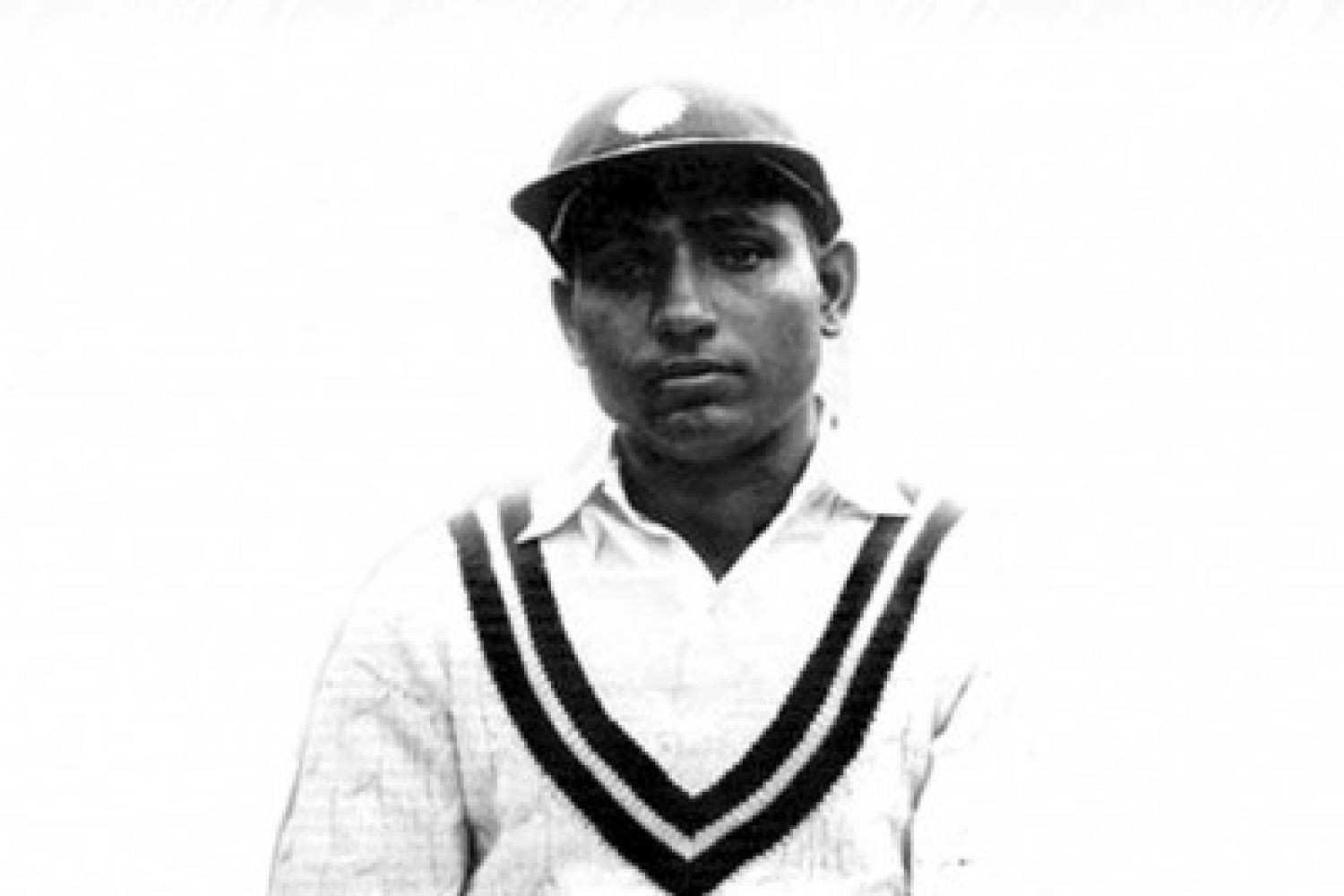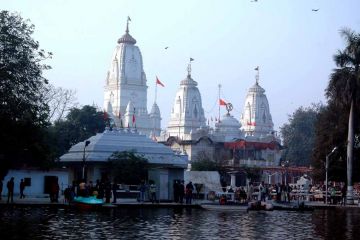
Even on today’s
featherbeds a Test match century on debut is a rare thing, and the player is
usually an exceptional one. In days gone by, however, it was an occasion to be
remembered in legend and song. India has had its share of debutant centurions,
but by a curious coincidence the first five of these batsmen were unable to
repeat the feat. Yet they were all talented cricketers.
Lala Amarnath was the
first Indian to score a hundred, against the visiting English team at the
Bombay Gym





